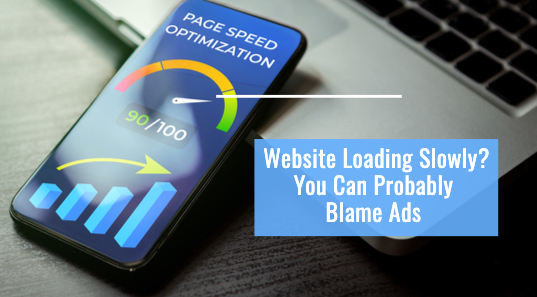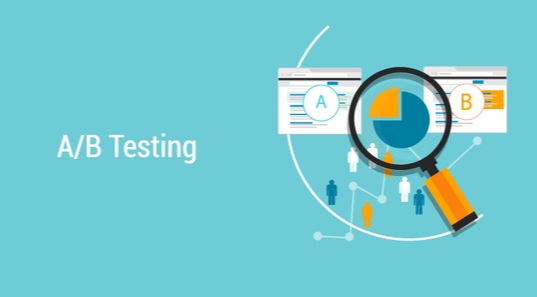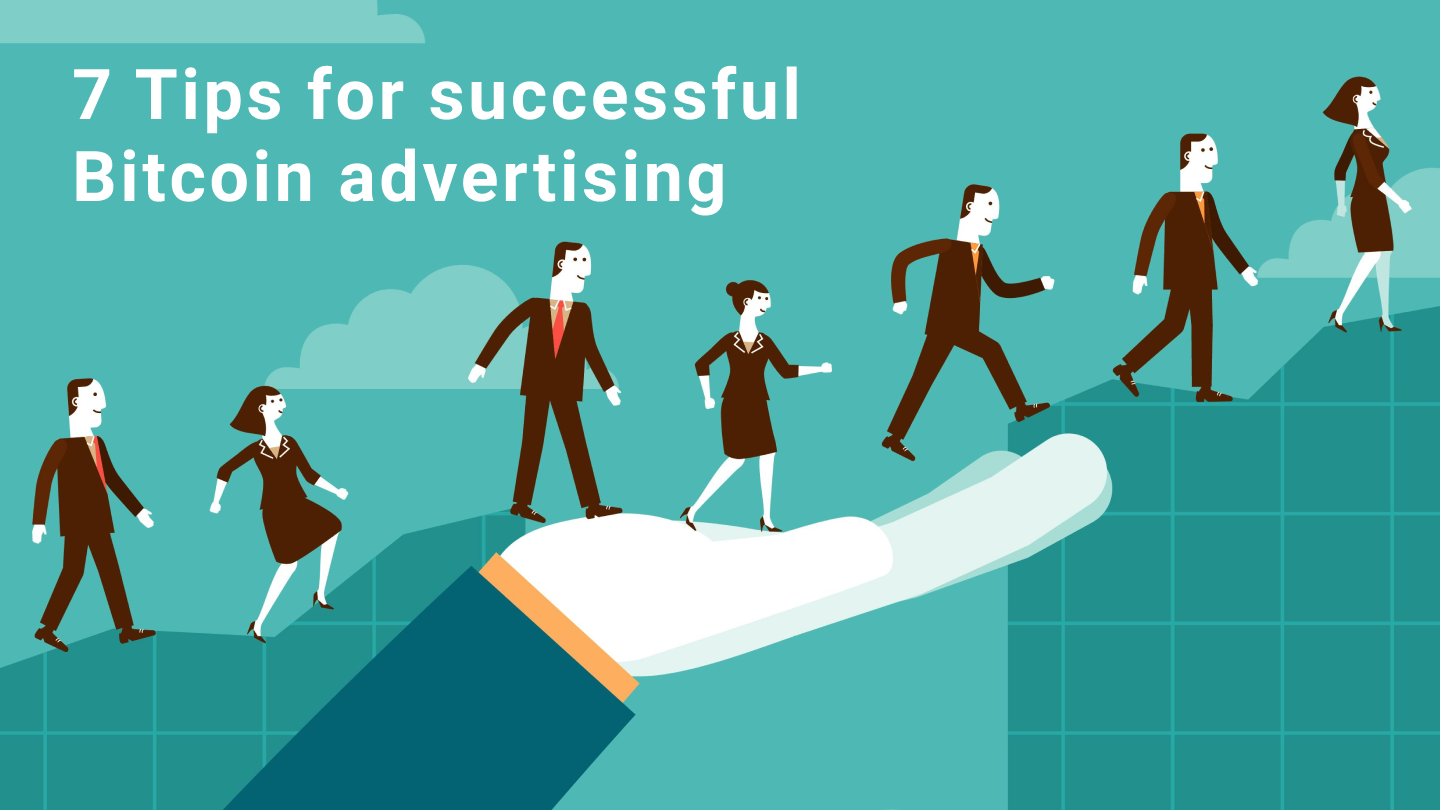Your Website Speed Can Reduce Ad Performance!

Website speed is often overlooked when it comes to conversion and monetization optimization. Far too many marketing experts don’t realize the profound impact that this metric can have on your ad performance, potentially destroying all of your results.
So, let’s take a look at why website speed is so important for your website and your ads. After all, knowledge is power, and power helps you supercharge your results!
Why Does Website Speed Matter?
Website speed matters for a number of reasons and some of these reasons are terrifying from a marketer’s point of view. First up, studies show that if your website takes more than 3 seconds to fully load, traffic will reduce by 40%. That’s a huge drop-off, but it gets worse. This number increases for mobile users. So, if your customers are predominantly mobile users, then this can turn into a significant issue.
Next up, Google actually cares about your website speed. In its recent Core Web Vitals update, your website speed and content load time will impact your rankings. So, if your site is sliding down the rankings for your top keywords, then you’re going to see less traffic. This will result in poor ad performance and fewer conversions.
Read also: How To Increase Conversion Rate of a Crypto Landing Page?
What Is in the Google Core Web Vitals Update?
In May 2020, Google announced its Core Web Vitals, which are a set of user-focused metrics that measure your site’s health. It’s focused mainly on providing a smooth and seamless user experience, so if your site takes ages to load, you’re going to suffer. These metrics are then made up of 3 components, content loading speed, interactivity, visual stability.
Google has been fine-tuning and tweaking this for over a year now and the update finally went live in July 2021. By August, it was fully operational and impacting SERPS. If your site scores poorly in some of these tests, you’ll start slipping down the rankings. After all, Google is focused on providing users with the best content and user experience.
Let’s take a look at the Web Core Vitals in more detail.
#1 – Loading: Largest Content Paintful (LCP)
Ok, let’s get real here – that sounds like gibberish. Simply put, this means the average loading time for the main content on any given page. Obviously, websites consist of text, imagery and video, so the LCP measures the time taken to deliver some meaningful content that the user can digest. The shorter this time, the better for the end user and your rankings.
To be able to score at the top end of the LCP tests, your pages need to load meaningful content in 2.5 seconds or less. Obviously, meaningful content will change based on your page and its purpose, so this will not be the same for every page on your site. The reason being is that if users can load your content and interact with it faster, then they’re going to get a better experience. This translates into a better ranking position and more traffic coming to your site.
#2 – Interactivity: First Input Delay (FID)
Now we move on to First Input Delay. This measures the time taken from when a user takes an action and the page executing it. This could be pressing a button, typing in a field or clicking a link. An FID of less than 100 milliseconds is the goal here. If your FID is 300 milliseconds or higher, your SEO is going to take a battering.
Fortunately, this is fairly easy to fix. You can remove analytics tools, minify CSS, break long java script tasks, use lazy loading and remove 3rd party tracking tools. These will all have a major impact on your FID, which in turn impacts your ranking and page performance. If you’re using display ad networks, make sure that your ad partner’s code is refined and reputable, as well as make sure that they’re using top of the range servers. Otherwise, this can also cause your FID to be excessively high.
#3 – Visual Stability: Cumulative Layout Shift (CLS)
Finally, we come to Cumulative Layout Shift. This metric measures how much your content moves around once your page fully loads. Ever used a website where you go to click a link or button, but then everything moves, and you end up clicking something else instead? Well, that’s a poor CLS score!
You need to optimize your site for CLS to maximize user experience, which in turn is good for SEO. Better CLS will help you perform in SERPS which leads to more traffic. More traffic then results in better performance from your ads and more conversions. See how everyone ends up a winner!
Advertising Networks and Website Speed Have a Sticky Relationship
Unfortunately, ad networks and website speed tend not to go hand in hand, especially some of the less reputable networks. You see, when a website sends a request to an ad network server to deliver an ad, that server can take time to respond if it’s poorly maintained. The less reputable ad networks will often use outdated technology, which will cause your site to take longer to load and serve its content.
This is why it’s critical to partner with an ad network that invests heavily in its technology and vets ads that are on its network. This way, you don’t need to worry about an ad network impacting your site’s performance negatively. At Bitmedia, we invest heavily in state-of-the-art server technology to ensure that this is never an issue!
A Few Tips to Increase Page Speed
So, now you’re all worried and freaking out about your website’s speed – that’s normal. Now you’re aware of the gravity of the situation, you can work to start fixing the issue. Here are a few tips that you can use to increase your page speed!
#1 – Limit Redirects
Redirects send users on a hefty diversion around your site. This in turn increases the load time of the page they’re trying to get to. Limit these redirects as much as possible and you’ll cut your load time significantly.
#2 – Use the Trailing Slash
When you’re typing out a URL for the site you use, make sure to include the trailing slash (/). By doing this, you’re telling the server that there’s nothing else to look for or load, such as file directories. This will save you milliseconds in load time, which quickly adds up!
#3 – Compress Images
This really needs no explanation. A larger file takes longer to serve, download and render than a small one. Use tools to compress and optimize your images for faster load times.
#4 – Use a CDN
Rather than serving content from halfway across the globe, you can use a CDN to deliver your site from a server closer to the end user’s location. For example, a user in Sydney will have faster load times when using a server located in Adelaide compared to Rome. A CDN will automatically manage this for you!
#5 – Utilize Caching
Caching is when a server stores a copy of a site’s pages, meaning it can load from memory rather than having to render a fresh site. This can cut down site load time significantly and give you better results!
#6 – Check your website speed with Lighthouse
Lighthouse is a website analysis tool built into the Chrome browser. It can give you tips on how to further optimize your site and improve its performance in all the right places. To find Lighthouse in Chrome you need to right-click on any page of your site, then click Show Code and scroll through the horizontal menu until you reach Lighthouse.
Go Speed up Your Website!
Now that you know just how important it is to speed up your website, it’s time to go forth and make some adjustments. At the end of the day, the changes you need to make are small and don’t consume too much developer time. The results are more than worth it, and as time goes on, the Google Core Web Vitals update will play a bigger part on SERPS!
Start Ad Campaign!

